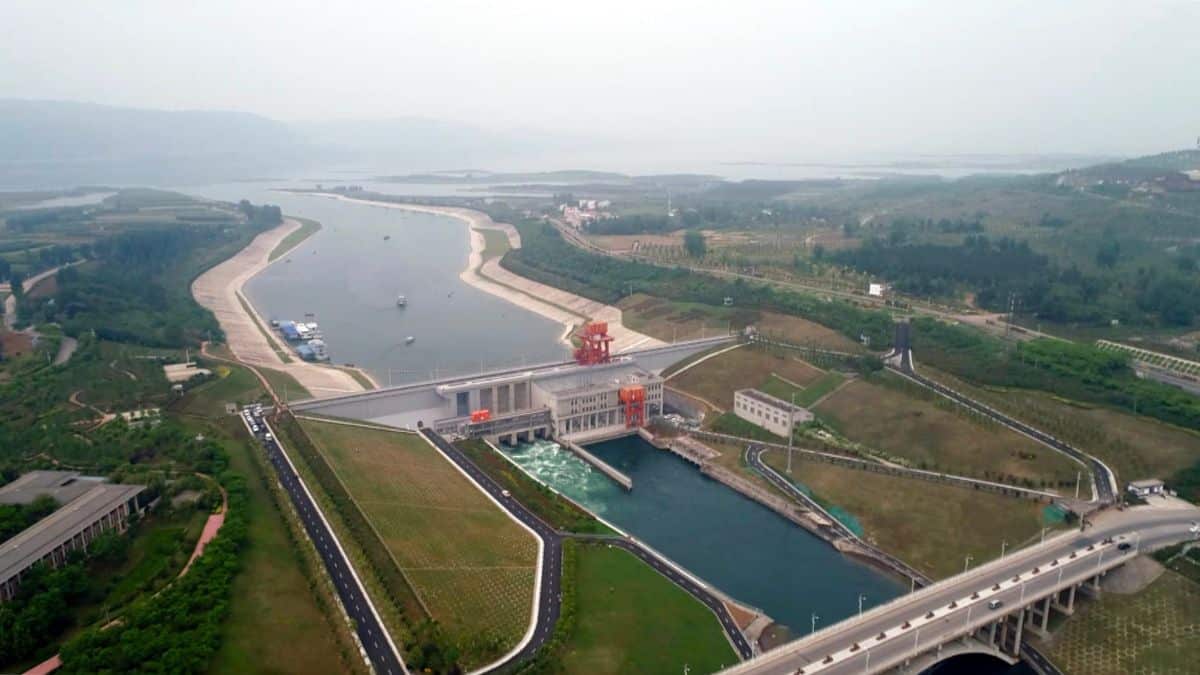 Image credits - news cgtn
Image credits - news cgtn
The first phase of China’s South-to-North Water Diversion Project has achieved significant milestones, channelling a total of 72 billion cubic meters of fresh water. Specifically, the middle route alone transferred over 64.157 billion cubic meters, benefiting more than 176 million people residing along the routes. This monumental project, aimed at alleviating water scarcity in northern China, represents a remarkable feat of engineering and infrastructure development. By diverting water from the Yangtze River basin to the arid regions of the north, the project addresses the pressing need for sustainable water resources management and supports economic development and urbanization in water-stressed areas.
The successful transfer of billions of cubic meters of freshwater signifies a tangible improvement in water security for millions of people living along the eastern and middle routes of the project. Access to reliable freshwater sources enhances livelihoods, supports agriculture, and fosters social stability and economic prosperity in regions previously plagued by water shortages. The middle route, in particular, has played a pivotal role in replenishing water supplies in densely populated areas and industrial hubs, including Beijing and Tianjin.
The influx of freshwater has bolstered municipal water supplies, supported ecological restoration efforts, and facilitated sustainable urban development in these key metropolitan areas. Moreover, the South-to-North Water Diversion Project exemplifies China’s commitment to addressing environmental challenges and promoting sustainable development. By harnessing water resources more efficiently and equitably, the project contributes to the nation’s goals of achieving ecological civilization and building a harmonious society.
Despite its undeniable benefits, the project also poses challenges and raises environmental concerns, including potential impacts on aquatic ecosystems, water quality, and the displacement of local communities. As such, careful monitoring, adaptive management, and mitigation measures are essential to minimize negative consequences and ensure the project’s long-term sustainability. Looking ahead, the completion of subsequent phases of the South-to-North Water Diversion Project will further expand its reach and impact, extending freshwater benefits to even more regions in northern China.
Continued investment in water infrastructure, conservation efforts, and integrated water resources management will be crucial for safeguarding water security and promoting sustainable development nationwide.
